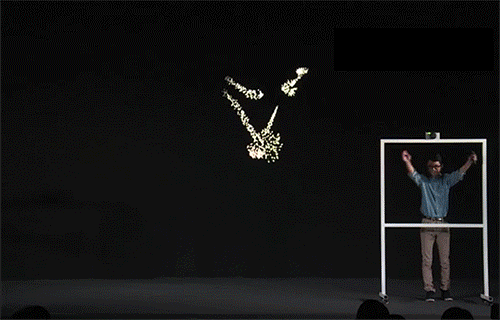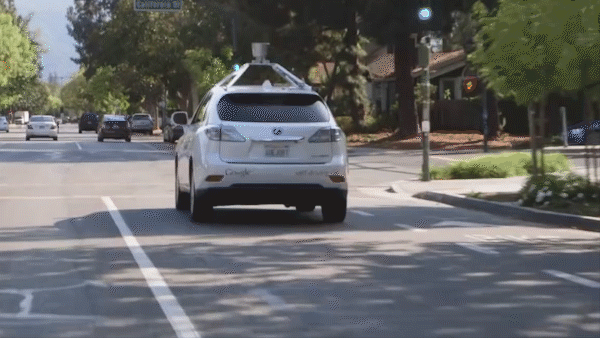Add a Laser Scanner to your Robot – the key to enabling SLAM
The laser sensor is essential for a
Oliver in his An Introduction to LIDAR: The Key Self-Driving Car Sensor said,
“LIDAR enables a self-driving car (or any robot) to observe the world with a few special super powers.”
- Continuous 360 degrees of visibility
- Insanely accurate depth information
Yes. Lidar has become much more famous with the development of self-driving cars. However, compared to autonomous driving, Lidar may seem more suitable for general robotics applications, as in: less precise requirements, lower cost, and minor errors allowed…
In our previous blog about combining ROS programming with RPLIDAR, which shows how to build a powerful robot and learn SLAM by ROS.
Today we want to talk more about how Lidar helps in research in robot automation.

Lidar can help the robot understand the surrounding topography of an unknown environment, provide good environmental cognition for subsequent positioning, navigation
The integration of a laser scanner and Lidar solves an important intelligence problem in robotics: by giving the robot a pair of “eyes.” Through Lidar, the robot can emit infrared light to the outside world, map its location via triangulation or the Time of Flight (ToF) imaging principle, then construct high-precision contour information of the environment to assist the robot in executing its mission.
By observing the combination of Lidar and robotics, we found that the size, cost
At present, depending on the industry and demand, there are many types of single-line, multi-line, solid-state, and mechanical radars on the market, and the entire laser radar market is steadily developing.
1) Range

As the main purpose of laser radar is for distance measurement, the maximum measuring distance (range) is naturally its core indicator. In the past, radars employing triangulation techniques had difficulty achieving a range of more than 20 meters. However, now RPLIDAR A1 and RPLIDAR A2 can easily achieve a range of 12 to 18 meters.

With algorithm optimization, the range of RPLIDAR A3 has been increased to 25 meters. We believe the distance measurement range will be even longer in the near future.
(2) Measurement frequency
Higher scanning frequencies enable the robot to achieves faster motion and increases the quality of the map construction. Now, the radars in the market are able to achieve 16000 readings per second, and even higher frequencies can be achieved.

(3) Detection of black and white objects
At present, the laser radar’s nominal distance is mostly based on
(4) Both indoor and outdoor use
In addition to the ability to detect dark objects, it is especially important that Lidar and laser scanners can work under the influence of various types of ambient light. By breaking through the visual limit of the triangle ranging, upgrading the processing algorithm and with optical adjustment, the traditional triangular ranging laser radar can easily achieve stable operation under typical outdoor daylight conditions (70KLux).
The higher the accuracy requirement, the greater the cost of the laser scanner and Lidar. But the Lidar used for service robots does not need to achieve the same accuracy as the radars used for self-driving vehicles.
But a
In addition to the robotics field, Lidar plays an important role in many other fields.



The best choice of Lidar for your specific robot will depend on your specific needs.
Besides 360-degree laser scanning, large Field of Vision (FoV), and Collision-avoidance are also necessary for robotic research.
Our new product HPS-3D160 Solid-State LiDAR is suitable for Robotics,
A solid-state LiDAR with a large FoV can simultaneously output grey and depth information. Meanwhile, there are no mechanical rotating parts inside, so higher reliability and stability can be ensured.
W1005N(I) Anti-Collision LiDAR is specifically designed for Collision-avoidance for AGV/RGV/Robots and
Start building with our Lidar series!
Need more ideas about building robots? Let’s us know what you want to know about RPLidar, SLAM, and robotics!


